Living a minimalist lifestyle is about simplifying your surroundings and focusing on what truly matters. In this modern age, technology has evolved to offer smart solutions that align perfectly with minimalist principles. Smart lighting, in particular, provides an efficient and convenient way to illuminate your space while reducing energy consumption.
In this article, we will explore the benefits of smart lighting and how it complements a minimalist lifestyle.
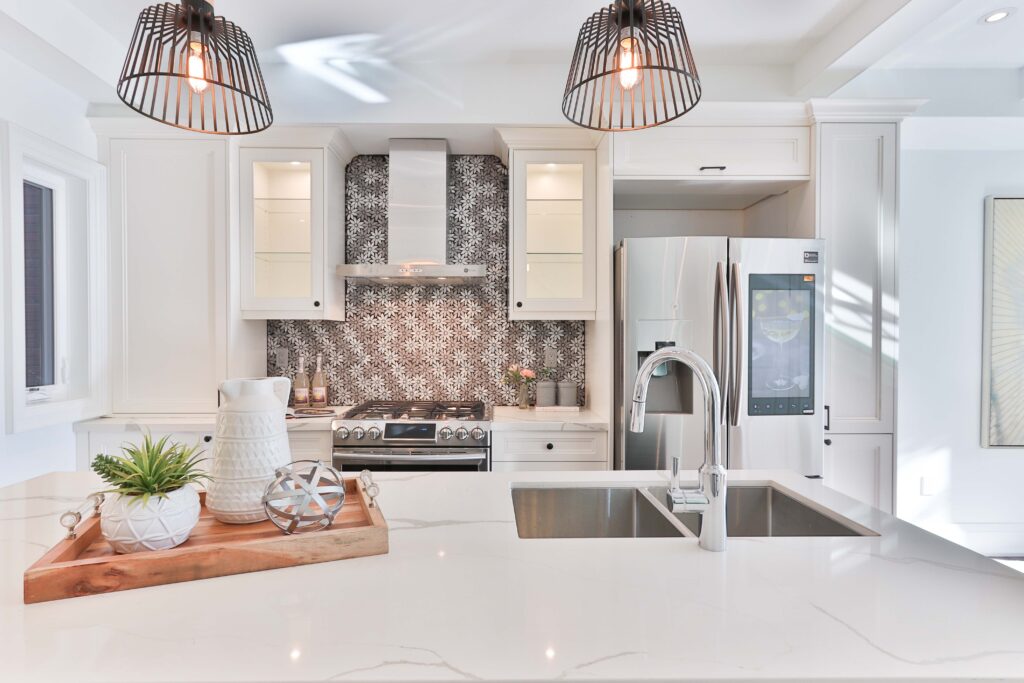
1. Introduction
A minimalist lifestyle promotes simplicity, intentionality, and a focus on what truly adds value to our lives. Smart lighting technology offers an innovative way to enhance our living spaces with efficient and convenient illumination, aligning perfectly with the principles of minimalism.
2. Understanding Minimalism and its Core Principles
Minimalism is a lifestyle that emphasizes decluttering, reducing excess, and prioritizing what truly matters. It fosters a sense of calm, intentionality, and mindful living by simplifying our physical and mental spaces.
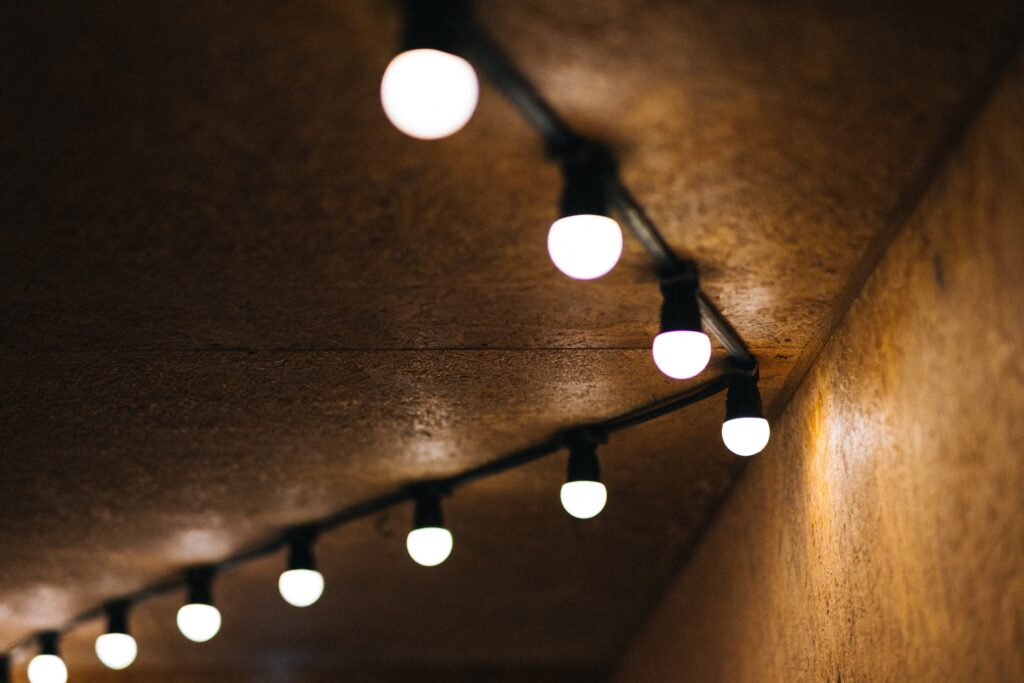
3. The Role of Lighting in Minimalist Living Spaces
Lighting plays a vital role in minimalist living spaces. It sets the ambiance, highlights architectural features, and enhances the functionality of the space. Thoughtfully chosen lighting can transform a room, creating a serene and inviting atmosphere.
4. What is Smart Lighting?
Smart lighting refers to a lighting system that can be controlled and customized through wireless technology, typically using a smartphone or voice commands. It allows you to adjust the brightness, color, and scheduling of your lights, providing ultimate control and convenience.
5. Efficiency: Reducing Energy Consumption
Smart lighting systems are meticulously crafted to prioritize energy efficiency. LED bulbs, which are commonly used in smart lighting solutions, consume less energy and have a longer lifespan compared to traditional incandescent bulbs. By optimizing the usage of lights and using features like motion sensors or timers, smart lighting helps reduce energy consumption and lower electricity bills.
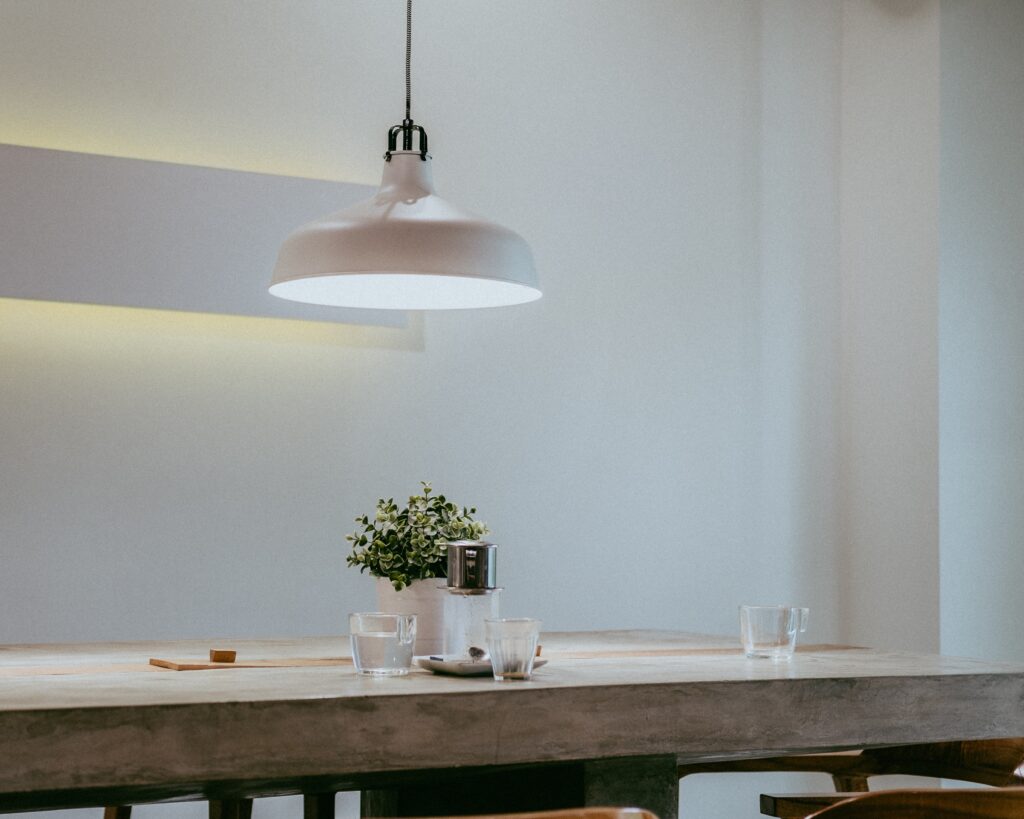
6. Convenience: Control at Your Fingertips
One of the key advantages of smart lighting is the convenience it offers. With a smartphone app or voice commands, you can control your lights from anywhere in your home or even remotely. Whether you want to dim the lights, turn them on/off, or create customized lighting scenes, it’s all at your fingertips.
7. Customization and Personalization
Smart lighting provides endless possibilities for customization and personalization. You can adjust the color temperature and brightness of your lights to match your mood or the time of day. Create different lighting scenes for various activities, such as “Relaxation Mode” or “Productivity Mode,” to optimize your living space according to your needs.
8. Enhancing the Minimalist Aesthetic
Smart lighting seamlessly blends with minimalist aesthetics. Sleek and modern lighting fixtures with clean lines complement the simplicity of minimalist design. The ability to control the lighting intensity and create a clutter-free environment enhances the overall minimalist ambiance.
9. Integration with Other Smart Home Devices
Smart lighting systems seamlessly integrate with a myriad of other smart home devices, including voice assistants, thermostats, and security systems. This integration allows for a cohesive and streamlined smart home experience, where different devices work together to enhance comfort, convenience, and energy efficiency.
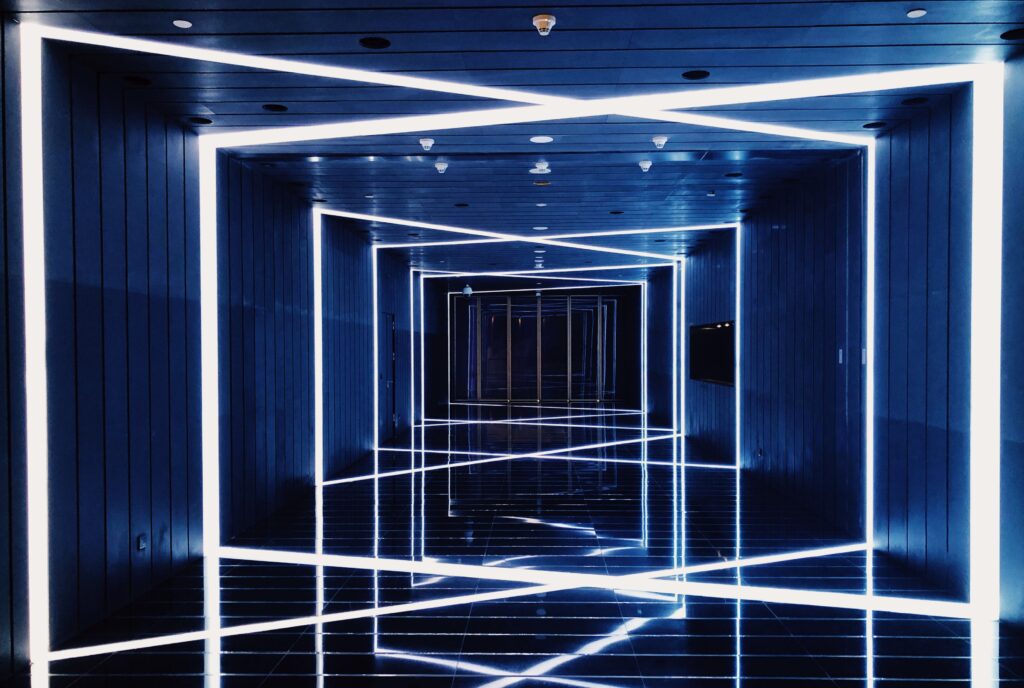
10. Creating Mood and Ambiance
Lighting has a significant impact on mood and ambiance. Smart lighting enables you to create the perfect atmosphere for any occasion. Whether you want a cozy and warm setting for a movie night or a bright and energizing environment for a productive work session, smart lighting can adapt to your preferences.
11. Security and Safety Features
Smart lighting offers security and safety features that enhance the overall well-being of your home. You can schedule lights to turn on/off while you’re away, giving the impression of occupancy. Motion sensors can trigger lights in specific areas, providing enhanced safety and deterring potential intruders.
12. Setting Schedules and Routines
With smart lighting, you can set schedules and routines to automate your lighting based on your daily activities. For example, you can program lights to gradually brighten in the morning to mimic the sunrise or automatically turn off at bedtime. This automation helps create a consistent routine and promotes better sleep patterns.
13. Energy Monitoring and Insights
Many smart lighting systems provide energy monitoring and insights, allowing you to track your energy consumption. By gaining visibility into your lighting usage, you can identify areas for optimization and make informed decisions to further reduce energy waste.
14. Choosing Smart Lighting Solutions
When choosing smart lighting solutions, consider factors such as compatibility with your existing smart home ecosystem, ease of installation, and the availability of features that align with your preferences. Research different brands and read customer reviews to make an informed decision.
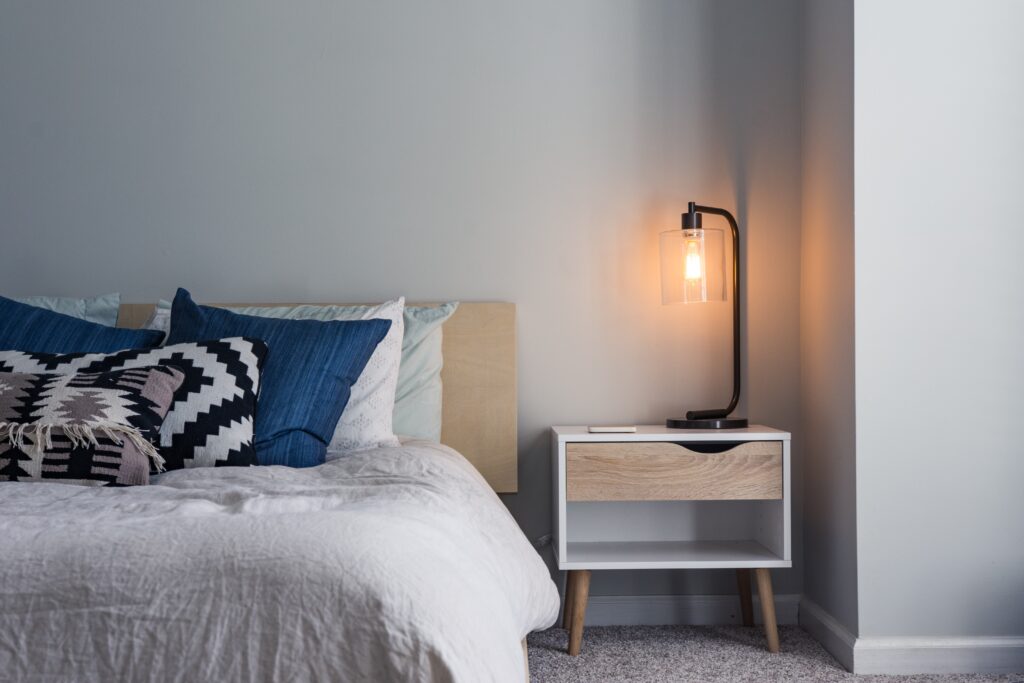
15. Installation and Setup Process
The installation and setup process for smart lighting systems may vary depending on the brand and type of system you choose. Generally, it involves replacing traditional light bulbs with smart bulbs or installing smart switches or hubs. If necessary, adhere to the manufacturer’s instructions or consider seeking professional assistance.
16. Maintenance and Long-Term Savings
Smart lighting systems require minimal maintenance. LED smart bulbs have a long lifespan, reducing the frequency of bulb replacements. Additionally, the energy savings achieved through efficient lighting usage can lead to long-term cost savings on electricity bills.
17. Overcoming Potential Challenges
While smart lighting offers numerous benefits, it’s essential to be aware of potential challenges such as connectivity issues or the learning curve associated with setting up and customizing the system. Patience and troubleshooting techniques can help overcome these challenges.
18. Conclusion
Smart lighting provides a perfect synergy with the minimalist lifestyle. It combines efficiency, convenience, and customization to create an optimal lighting experience tailored to your preferences and needs. By embracing smart lighting, you can enhance the minimalist aesthetic of your living spaces while reducing energy consumption and simplifying your daily routines.
19. FAQs
Q1. Can I control smart lighting when I’m away from home? Yes, most smart lighting systems allow you to control your lights remotely through smartphone apps or cloud-based platforms. As long as you have an internet connection, you can adjust your lights from anywhere.
Q2. Are smart lighting systems compatible with voice assistants like Alexa or Google Assistant? Yes, many smart lighting systems are compatible with popular voice assistants. This allows you to control your lights using voice commands, providing a hands-free and convenient experience.
Q3. Can I use smart lighting without a smart home ecosystem? Yes, you can use smart lighting even if you don’t have a comprehensive smart home ecosystem. Many smart lighting systems operate independently and can be controlled directly through smartphone apps or dedicated remotes.
Q4. Are smart bulbs more expensive than traditional bulbs? Smart bulbs tend to have a higher upfront cost compared to traditional bulbs. However, their energy efficiency and longer lifespan can result in cost savings over time.
Q5. Can I automate my smart lighting based on sunrise and sunset times? Yes, many smart lighting systems offer the ability to synchronize lighting with sunrise and sunset times. This feature allows your lights to automatically adjust based on the natural daylight cycle.
In conclusion, smart lighting offers a range of benefits for those embracing a minimalist lifestyle. Its efficiency, convenience, customization options, and seamless integration with other smart home devices make it a valuable addition to minimalist living spaces. Experience the perfect blend of efficiency and convenience with smart lighting for a minimalist lifestyle.
